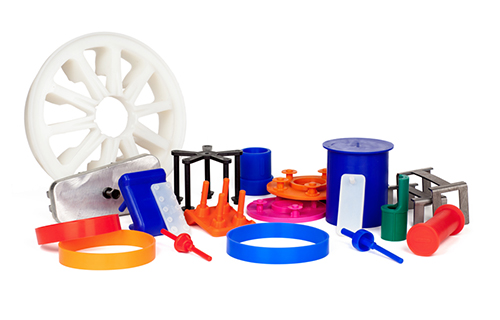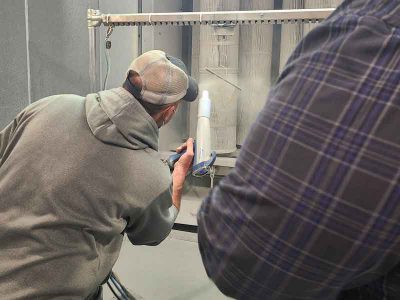More often than not, powder coaters are accepting flaws in the finish they could easily eliminate like overspray, re-tapping holes and/or paint flaking.
Echo Supply has a simple fix for each of these.
Overspray
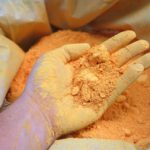 Overspray usually happens due to issues stemming from masking choices, sizing and application flaws.
Overspray usually happens due to issues stemming from masking choices, sizing and application flaws.
The Fix
If masking tape was used, make sure all surfaces to be masked are clean, dry and free of any debris that might keep the tape from adhering.
Choosing the correct tape for the process and temperature is also critical. Incorrect tapes can cause it to prematurely fail prior to the paint process causing overspray issues.
If using a plug for masking, choose a correct size plug. Need to mask off a spot face, but a standard non-flanged plug caused overspray? Use a correctly-sized flanged plug. If the flange does not seat tight to the face of the part, overspray can pass between the flange and the part being coated.
Custom options can also help eliminate this issue as well.
Leakage
Leakage is due to improper sealing during e-coating or any finishing where the masking is not properly sized.
Plugs and caps that are too loose or have been used too long can allow pretreatment, washes and rinses to leak past the masking.
This causes issues during application of the paint as well as during the cure process that will cause paint defects.
The Fix
The e-coat mask should be oversized for proper sealing in order to keep the e-coat from going between the mask and the area in order to be paint or finish free. This eliminates grinding and other secondary operations. Sizing correctly and replacing masking will avoid leakage issues.
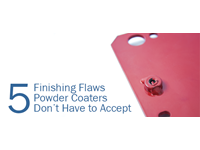
Bridging
Bridging happens when the paint/powder piles up against the mating point of the masking and metal that is being painted.
The Fix
Create a feathering effect or try and take advantage of the Faraday Cage effect where the charge helps push the powder away from the area. Taper the parts so the edge is as small as possible.
Minimize the amount of buildup around the masking by having as little masking protrude from the hole as possible. Do not apply the paint directly at the masking because it worsens the issue. Minimize the thickness or shape of masking flanges to help reduce bridging issues as well.
Re-tapping Holes
Having to re-tap holes comes from incorrect or inadequate masking or masking that needs to be replaced.
Any time paint gets into holes and has to be re-tapped, labor increases and profits decrease.
The Fix
Consult an expert. Specialized masking designed specifically for the holes are the best option. Tell an expert your bore sizes or weld nut sizes and use samples for testing until you find the perfect fit. For longer threads, custom options will provide better results.
Paint Flaking
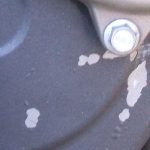 Quality issues are caused due to paint sticking to masking materials and flaking off.
Quality issues are caused due to paint sticking to masking materials and flaking off.
The Fix
Cleaning the masking will remove paint from previous processes. A vibratory tumbler does this well.
You may also need to switch masking materials. Red iron oxide silicone can provide great results in place of virgin silicone material when used in high temperature paint applications such as powder coating or e-coating. The paint will bond better to this type of silicone.
Using other materials like EPDM (if the temperature allows) can also be a good alternative.
Need help fixing these issues or want more information?
Visit Echo’s Contact Us page and discuss with their experts about what solution is best for your problem.
Posted by Cole Cooper, Echo Basics
Published By: Echo Supply, Inc. ![]()
888.echo.365



